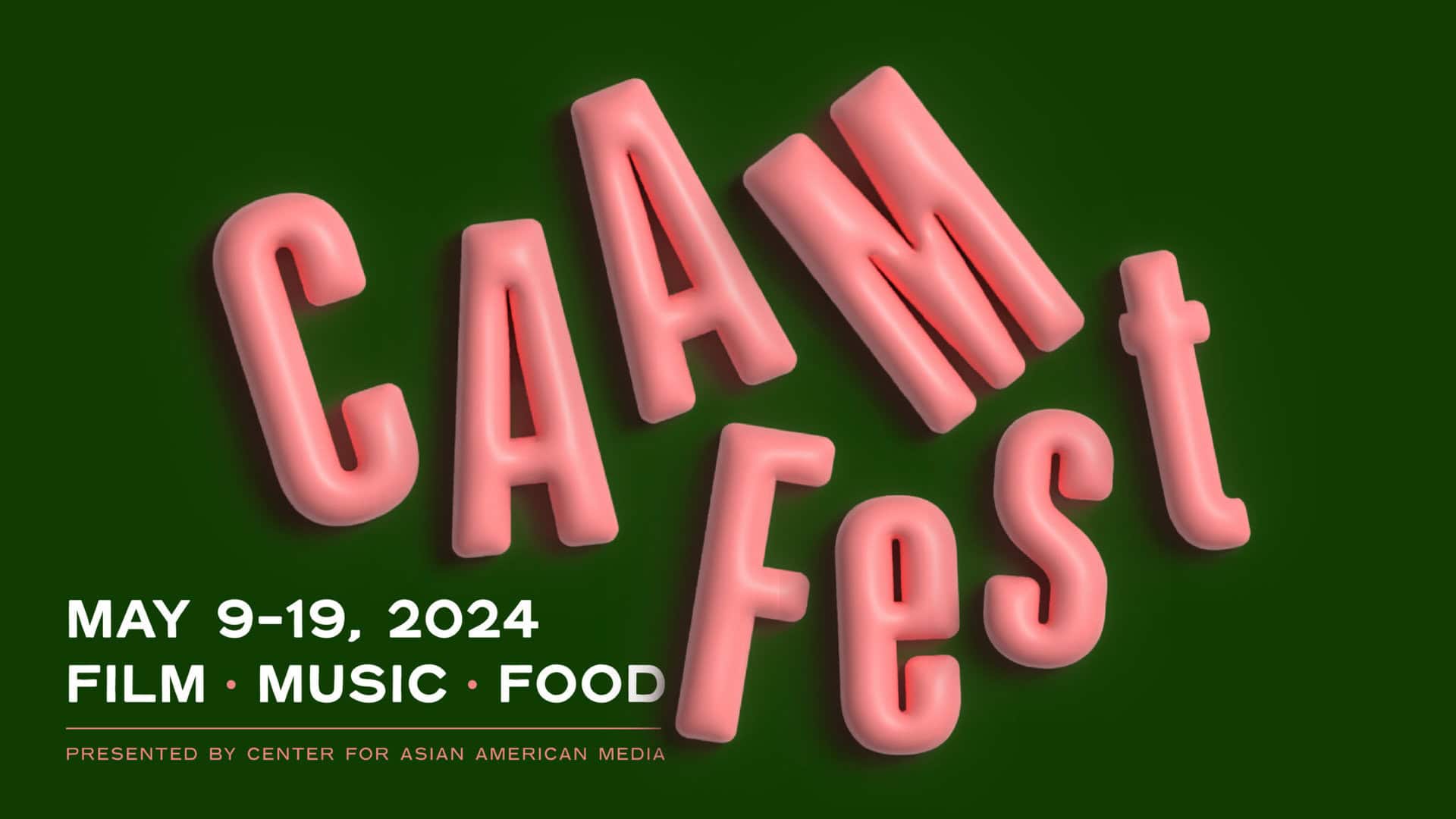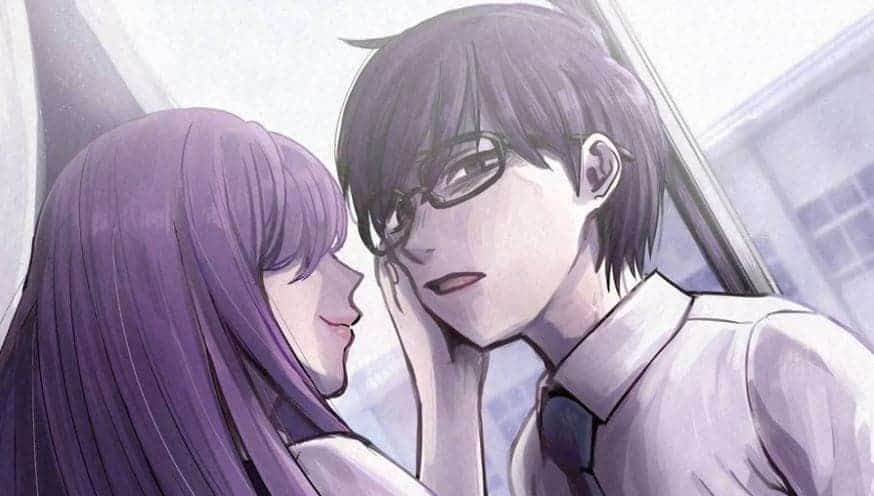Featuring stop motion, the animation starts with a table where cars seems to have been played, as the deck and the cigarettes highlight, although there are also utensils that imply that eating is happening too. A moving broccoli soon appears and opens a drawer, where another similar character comes out off, while the message of a fortune cookie (or something similar at least) includes lucky numbers: 97,85 ‘Learn Chinese (Hao), good, ‘ also including the corresponding ideogram. The broccoli then brings an armchair to the other character (let's call it Yellow, since that is its color) and the two soon have a refreshment outside. A second fortune cookie appears, and the two then are watching a sort of karate lesson on TV. Then they play basketball, and a car arrives and picks them, before another fortune cookie appears.
Hao Hao Wan Wan is screening at CAAMFest

A rotating frame seems to show a kind of Chinese food buffet, while the two are then shown in another location, playing a video game, “Suzuken 3”, or more accurately, watching a video game play, since they do not have the coins to play themselves. They chase each other a bit, with Yellow ending up on the ground, watching the sky, while a bit later it is sitting under the bed, crying, before Broccoli appears. The Chinese zodiac signs appear around them then, with the rat and the pig (probably the sings of the characters) being the one left. The alarm clock is heard a bit later, and the two start what seems to be their routine.
According to Em Yue's statement, the short focuses on the past of the protagonist, when she and her sibling were roaming aimlessly, occasionally in the Chinese restaurants their parents worked in. The comment here is palpable, highlighting how their parents had no time for them, as they were working the whole time trying to earn a living for them and their family. This comes to perfect resonance with the sense of melancholy the short emits, as also dictated by Jacob Mc Calip's music.
Kenzie Sutton's stop motion adds to this sense, while inducing the narrative with a child-like value that fits the storym which is about children. The settings we see are also well done, with the coin-op video game and the TV programs standing out due to their actual motion, while the overall attention to detail is definitely on a high level. The fact that everything is a miniature is a nice add too, as are the messages from the fortune cookies.
All in all, “Hao Hao Wan Wan” emerges as a very appealing short particularly for the way it communicates its nostalgia, and an overall competent effort in terms of animation.














